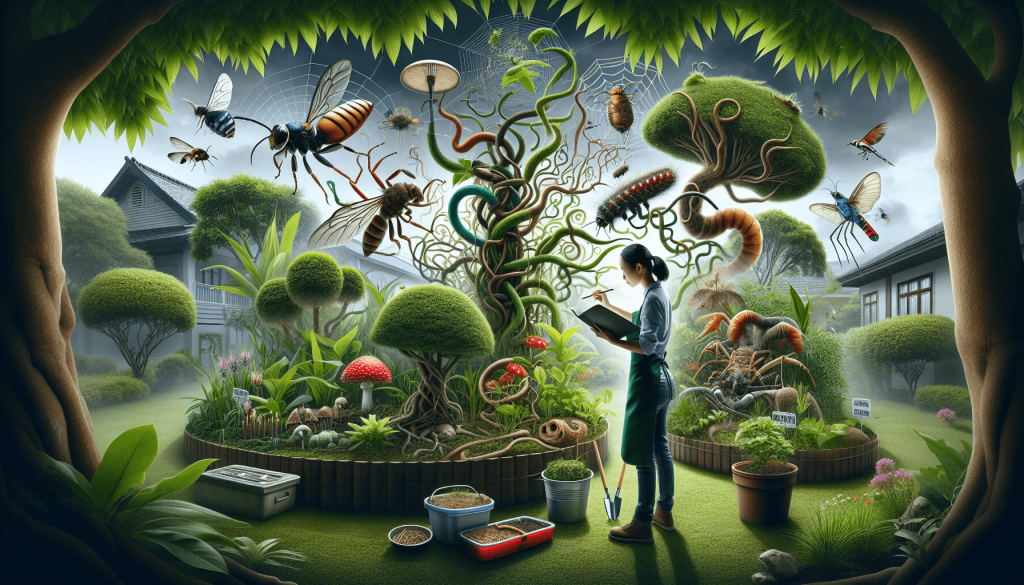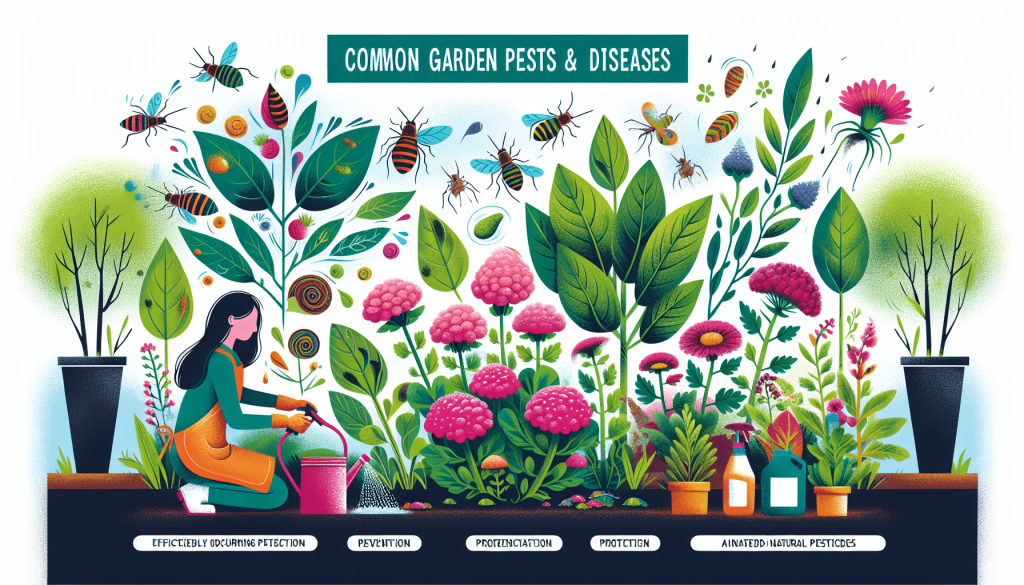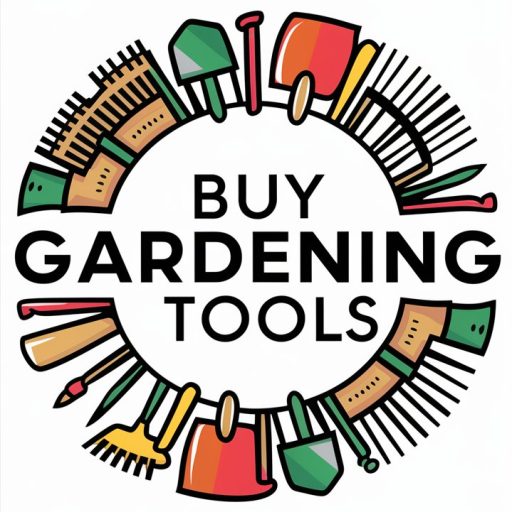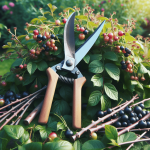This post may contain affiliate links. As an Amazon Associate, we may earn commissions from qualifying purchases.
In your quest for a thriving garden, the presence of pests and diseases can often bring frustrations and uncertainties. But fear not, as this article aims to empower you with effective strategies to combat these common garden challenges. From identifying pests and diseases to implementing natural remedies or using preventive measures, you will gain the knowledge and confidence to take control of your garden’s well-being. So, let’s embark on this gardening journey together, armed with friendly advice and practical solutions for a flourishing garden.
Identifying Garden Pests
Garden pests can cause extensive damage to your plants and flowers if left unchecked. It is important to recognize the signs of pest damage early on so that you can take the necessary steps to address the issue. Some common signs of pest damage include chewed leaves, holes in foliage, wilting or stunted growth, and visible insects on the plants. By being observant and regularly inspecting your garden, you can identify the pests causing the damage and take appropriate action.
Recognize pest damage
When you notice signs of damage in your garden, it is crucial to identify the specific pest responsible. Different pests leave distinct marks on plants, and recognizing these signs can help you determine the best course of action. For example, caterpillars often leave chewed, irregular holes in leaves, while aphids leave behind sticky residue called honeydew. By familiarizing yourself with the different types of pest damage, you can more effectively combat them.
Check for common garden pests
Knowing which pests are common in your area can help you narrow down the potential culprits causing damage to your garden. Some common garden pests include aphids, caterpillars, slugs, and snails. Aphids are small, soft-bodied insects that cluster on the undersides of leaves and suck sap from plants. Caterpillars, on the other hand, can be found munching on foliage, and slugs and snails leave behind slimy trails on plants and soil. By checking for these pests specifically, you can take targeted action to control them and protect your garden.
Preventing Pests and Diseases
Prevention is key when it comes to dealing with garden pests and diseases. By implementing a few preventative measures, you can create a healthy environment for your plants, making them less susceptible to pests and diseases.
Maintain healthy soil
healthy soil is the foundation of a thriving garden. By ensuring that your soil is well-drained, nutrient-rich, and properly balanced, you can promote the growth of strong and resilient plants. Adding organic matter, such as compost or well-rotted manure, can improve soil health and fertility. Additionally, regularly testing your soil pH and making any necessary adjustments can help create an optimal growing environment for your plants.
Choose disease-resistant plants
Another way to prevent pests and diseases is to choose plants that are naturally resistant. Consult with local garden centers or nurseries to find plant varieties that are less prone to common pests and diseases in your area. Disease-resistant plants have built-in defenses that can help them withstand attacks from pests or fight off diseases more effectively.
Practice crop rotation
Crop rotation involves growing different plant families in particular areas of your garden each year. This practice helps to break the life cycles of pests and diseases that may specifically target certain plant families. By rotating your crops, you can reduce the likelihood of recurring issues and maintain plant health and productivity.
Use organic pest control methods
Using organic pest control methods can help manage garden pests while minimizing harm to the environment. There are several natural approaches you can take to control pests in your garden.
Attract beneficial insects
Encouraging beneficial insects, such as ladybugs or lacewings, can help control pest populations naturally. These insects feed on common garden pests like aphids, caterpillars, and mites. Planting flowers and herbs that attract these beneficial insects can help create a balanced ecosystem in your garden.
Use companion planting
Companion planting involves selecting plant combinations that mutually benefit each other. For example, planting marigolds near tomatoes can deter aphids, while growing onions near carrots can repel carrot flies. By implementing companion planting techniques, you can naturally deter pests and increase the chances of a healthy harvest.
Make homemade pest sprays
Homemade pest sprays can be an effective and environmentally-friendly way to control pests in your garden. For example, a mixture of water, soap, and vegetable oil can act as a natural insecticidal soap to control pests like aphids. Similarly, a solution of neem oil and water can help combat fungal diseases. These homemade sprays can provide an alternative to chemical-based pesticides.
Install physical barriers
Installing physical barriers, such as fences, netting, or row covers, can help protect your plants from pests. These barriers can prevent pests like rabbits, deer, or birds from accessing your plants and causing damage. By creating a physical barrier, you can provide an extra layer of protection for your garden.
Chemical Pest Control Options
While organic pest control methods are generally preferred, there are situations where chemical pest control options may be necessary. It is important to use these methods judiciously and as a last resort, as they can have negative impacts on beneficial insects, wildlife, and the environment.

Use insecticidal soaps
Insecticidal soaps can effectively control pests like aphids, spider mites, and whiteflies by suffocating them. These soaps are mild and are less harmful to beneficial insects. When using an insecticidal soap, it is important to follow the instructions carefully and avoid spraying on hot, sunny days.
Apply horticultural oils
Horticultural oils, such as dormant oils or summer oils, can be used to control pests like aphids, mites, and scales. These oils work by smothering the pests and disrupting their cellular functions. It is important to apply horticultural oils correctly, as excessive application can cause damage to plants.
Use organic pesticides
Organic pesticides, derived from natural sources, can be effective in managing pests when used according to the instructions. Some examples include insecticidal extracts derived from neem, pyrethrin-based products, or plant-based essential oils. It is important to carefully read and follow the label instructions and take precautions to minimize harm to beneficial insects, pollinators, and the overall environment.
Consider chemical pesticides
Chemical pesticides, including synthetic insecticides, fungicides, or herbicides, should be used as a last resort and only if other options have failed. These products can be effective at controlling pests and diseases but carry risks. It is important to follow the label instructions precisely, wear protective gear, and avoid spraying near water sources, beneficial insects, or edible crops.
Common Garden Pests and Diseases
Understanding the specific pests and diseases that commonly affect gardens can help you identify and address potential issues more effectively.
Aphids
Aphids are small, soft-bodied insects that typically feed on the sap of plants. They reproduce rapidly and can infest your garden in large numbers. Infested plants may have distorted growth, curled leaves, or sticky honeydew residue. Signs of aphids typically include an accumulation of small insects on the undersides of leaves or near the tips of plants.
Caterpillars
Caterpillars, the larval stage of butterflies and moths, can cause significant damage to garden plants by feeding voraciously on foliage. They often leave behind chewed leaves, irregular holes, or defoliation. Caterpillar larvae can be of varying sizes, colors, and patterns, making identification important for effective control.
Slugs and snails
Slugs and snails are mollusks that can wreak havoc in gardens, feeding on a wide range of plants. They usually emerge at night and leave behind slimy trails. Signs of slugs and snails include irregular holes or damage to leaves and the silvery traces they leave on garden surfaces.
Fungal diseases
Fungal diseases like powdery mildew, downy mildew, or leaf spots can affect a variety of plants in your garden. These diseases often appear as discolored patches, fuzzy or powdery growth, or spots on leaves, stems, or flowers. Poor air circulation and high humidity levels can contribute to the development of fungal diseases.
Bacterial diseases
Bacterial diseases, such as bacterial blight or bacterial spot, can cause damage to a wide range of plants. Symptoms include spots, lesions, wilting, or rotting of plant tissues. These diseases can be spread through contaminated plant material, tools, or splashing water.
Dealing with Aphids
Aphids are among the most common garden pests, but they can be effectively managed with the right approach.
Inspect plants regularly
Regularly inspecting your plants is crucial for early detection of aphids. Pay close attention to the undersides of leaves, where aphids often gather and reproduce. By catching aphid infestations early, you can prevent them from spreading and causing more damage.
Remove aphids manually
For small aphid populations, manually removing them with a gentle spray of water or by handpicking can be an effective method. Squishing aphids or dropping them in soapy water can ensure they are properly disposed of.

Apply insecticidal soap
Insecticidal soap can be used to control aphid populations. Ensure that you choose a soap specifically formulated for garden use and follow the instructions for application. Thoroughly spray affected plants, paying attention to the undersides of leaves where aphids tend to congregate.
Introduce ladybugs or lacewings
Ladybugs and lacewings are natural predators of aphids and can help control their populations. Introducing these beneficial insects to your garden can provide long-term control. You can purchase ladybugs or attract them naturally by planting flowers that attract them, such as daisies or yarrow.
Managing Caterpillars
Caterpillars can quickly defoliate plants if left unchecked. Here are some methods to manage caterpillar infestations effectively.
Handpick caterpillars
For small to moderate caterpillar populations, it is possible to handpick them off the affected plants. Wear gloves and drop the caterpillars into a bucket of soapy water to drown them. This method is labor-intensive but effective.
Use Bacillus thuringiensis (BT)
Bacillus thuringiensis (BT) is a natural bacterial insecticide that specifically targets caterpillars. It disrupts their digestive system, eventually causing their death. Apply BT as directed on the product label, ensuring thorough coverage on affected plants.
Apply natural repellents
Natural repellents, such as garlic spray or chili powder, can deter caterpillars from feeding on plants. These homemade sprays can be applied to the foliage, creating an undesirable taste or odor for caterpillars. Repeat applications may be necessary.
Controlling Slugs and Snails
Slugs and snails can be frustrating pests in the garden, but there are effective ways to keep them at bay.
Remove hiding places
Slugs and snails seek shelter in moist areas during the day. By removing potential hiding places, such as boards, rocks, or debris, you can make your garden less inviting for these pests. Regularly clean up fallen leaves and clear away dense vegetation where they can hide.
Set up slug traps
Slug traps can be an effective way to control these pests. You can use traps made from containers filled with beer, which attracts slugs and snails. They will crawl in and drown. Empty and refill the traps regularly.
Use copper barriers
Copper barriers, such as copper tape or copper wire, can be placed around garden beds or containers to deter slugs and snails. The copper produces a small electric shock when the pests come into contact with it, effectively repelling them.
Preventing Fungal Diseases
Fungal diseases can hinder plant growth and reduce yields. Preventive measures can help minimize the risks associated with these diseases.
Provide good air circulation
Good air circulation is essential for preventing fungal diseases. Proper spacing between plants, pruning overcrowded branches, and selective thinning can promote better air movement. This reduces the humidity levels around plants, making it less favorable for fungal growth.
Water at the base of plants
When watering plants, it is important to focus the water directly at the base of the plants. Avoid overhead watering, as wet foliage can promote the development and spread of fungal diseases. Use soaker hoses or drip irrigation systems to deliver water directly to the root zone.
Mulch to prevent soil splashing
Mulching around plants can help prevent soil splashing, which can carry fungal spores onto leaves and stems. Use organic mulch, such as wood chips or straw, to create a protective layer. This can also help regulate soil moisture and temperature for optimal plant growth.
Treating Bacterial Diseases
Bacterial diseases can be challenging to manage, but early intervention and preventive measures can make a difference.
Remove infected plants
If you notice plants with bacterial diseases, it is essential to remove them promptly. Infected plants can serve as sources of inoculum, spreading the disease to healthy plants. Dig up and discard infected plants away from the garden to prevent further contamination.
Avoid overhead watering
Bacterial diseases are often spread through splashing water. To minimize the risk of infection, avoid overhead watering. Instead, water at the base of plants to keep foliage dry. Consider using drip irrigation or soaker hoses for precise watering.
Sanitize garden tools
To prevent the spread of bacterial diseases, it is important to sanitize your garden tools regularly. Clean pruning shears, trowels, and other tools with a solution of bleach or rubbing alcohol. This helps eliminate any potential pathogens that could be transferred from one plant to another.
By implementing these tips for identifying pests and diseases, preventing their occurrence, and managing infestations, you can create a healthier and more productive garden. Regular monitoring and a proactive approach are key to keeping your plants thriving and ensuring a bountiful harvest. Remember, a well-maintained garden is a happy garden!








